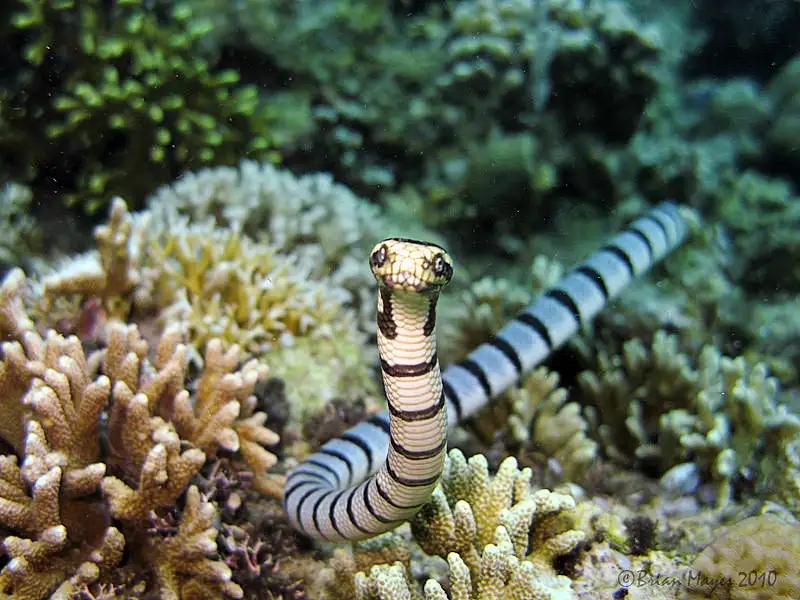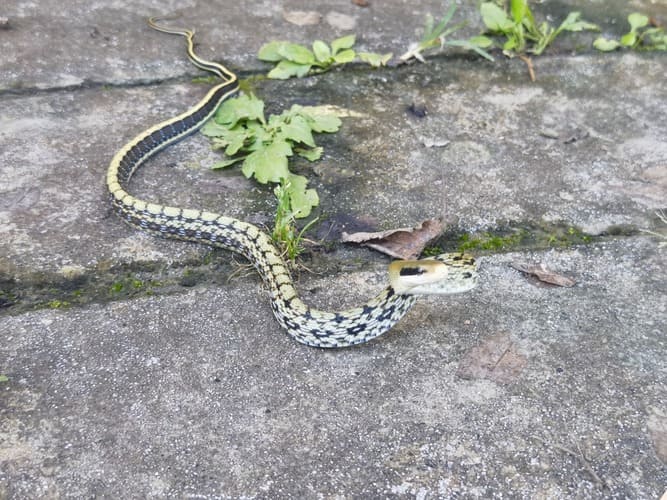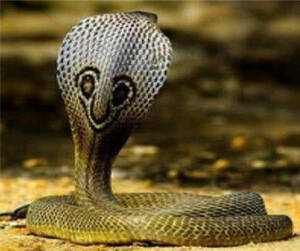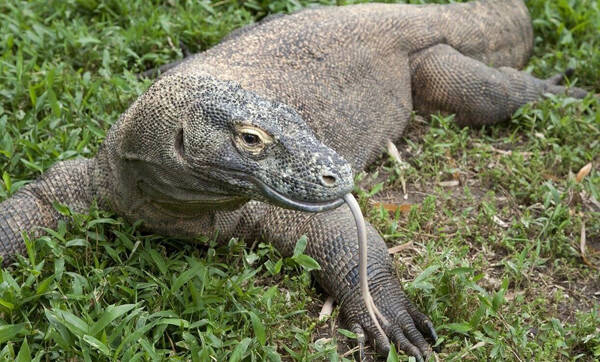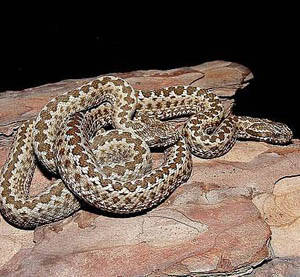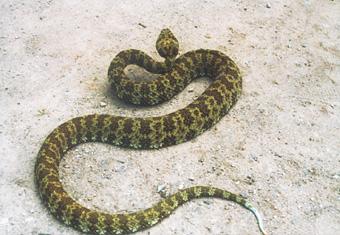Goniurosaurus luii
IUCN
LCBasic Information
Scientific classification
- name:Goniurosaurus luii
- Scientific Name:Goniurosaurus luii
- Outline:Squamata
- Family:S.Lizard F.Gryphidae G.Gryph
Vital signs
- length:About 20 cm
- Weight:No verification information
- lifetime:No verification information
Feature
It is a beautifully colored reptile.
Distribution and Habitat
Distributed in rocky forests and scrubland along the border between Guangxi and Vietnam
Appearance
The body is pink-purple in color, with the first orange stripe extending from the back of the mouth to the neck, followed by several orange stripes on the back. The limbs are slender, with nails like thin hooks, which are very suitable for climbing on rocks. The tail can store energy and fat, and it is easy to break when frightened, but it can regenerate.
Details
Pingxiang eyelid gecko was discovered in 1999 and is native to Guangxi.
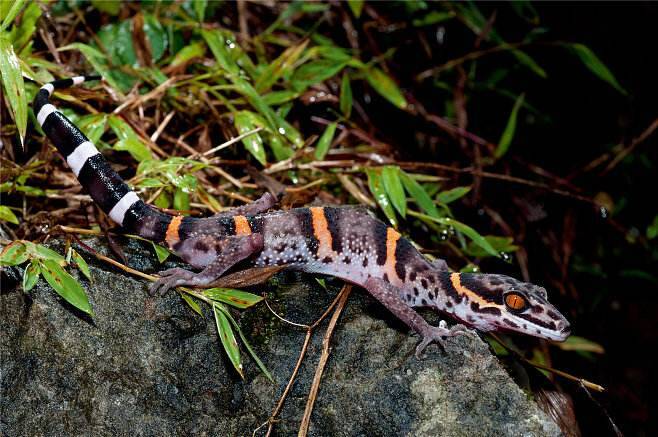
Pingxiang eyelid gecko is a nocturnal animal. It hides in the cracks of rocks during the day. When the sun sets, it comes out to move around, wandering among the rocks, and preying on insects and other small invertebrates.
The population of Pingxiang eyelid geckos is not as optimistic as imagined. The number is far less than that of Hainan eyelid geckos. Even wild individuals are very difficult to find. Even in recent years, they rarely appear in the mainland market. Even wild individuals are very limited, and most of them are shipped abroad through Hong Kong, so if you can have a pair of healthy individuals, you are very lucky. Pingxiang eyelid geckos cannot tolerate high temperatures, so the temperature is best controlled at around 22-26 degrees. In addition, due to the nocturnal nature of forest geckos, the humidity requirements are relatively high~ so more water should be sprayed to maintain a high humidity.
The breeding season of Pingxiang eyelid geckos is probably in winter. One month after mating, they will start laying eggs, and the incubation period is 55-80 days.
Pingxiang eyelid geckos have red eyes and bright colors, which look very beautiful. Therefore, many animal lovers keep them as pets, which has led to a sharp decline in their population.
Listed in the "National List of Terrestrial Wildlife with Important Economic and Scientific Research Value" issued by the State Forestry Administration of China on August 1, 2000.
Listed in the second level of the "List of National Key Protected Wildlife in China".
Protect wild animals and eliminate game.
Maintaining ecological balance is everyone's responsibility!

